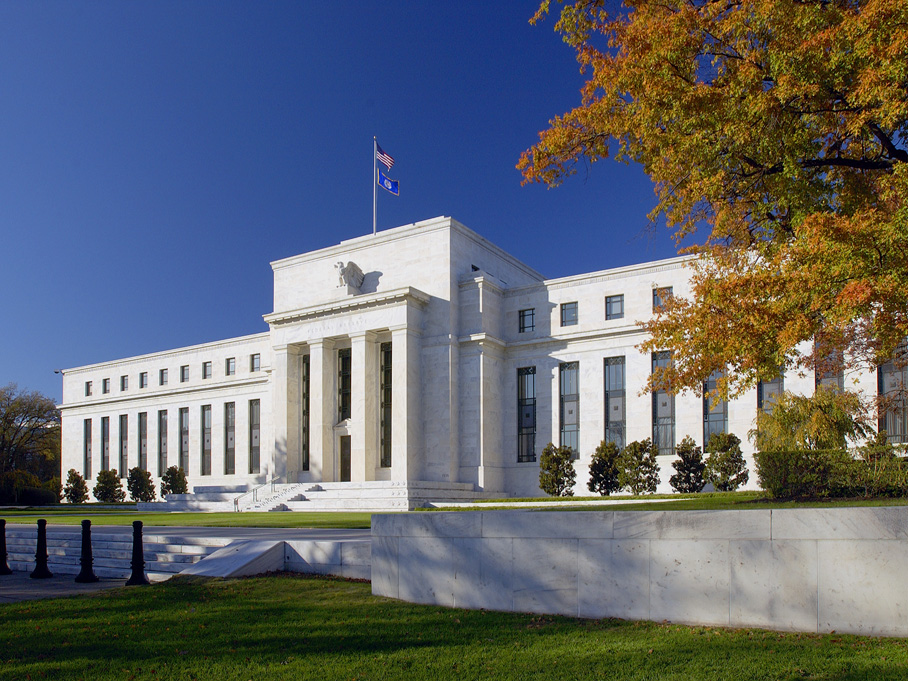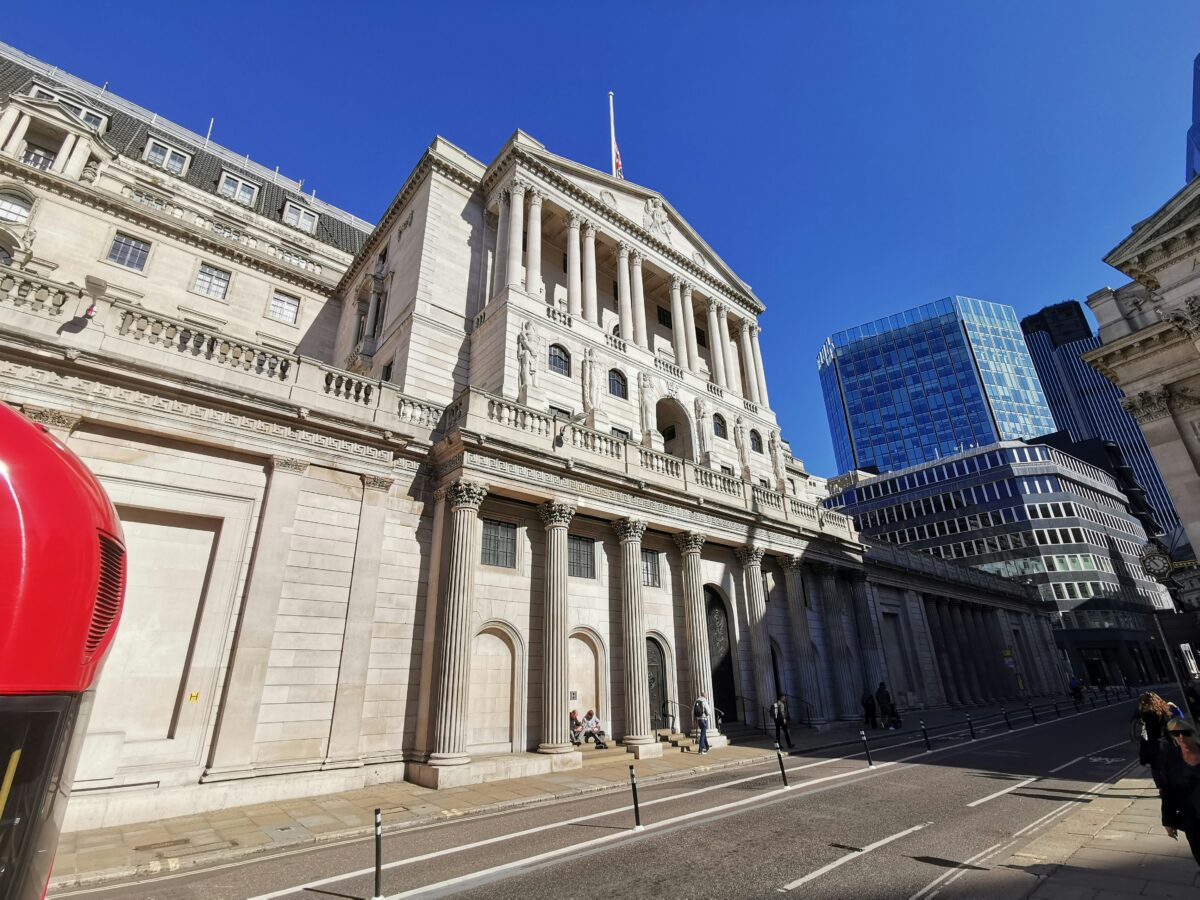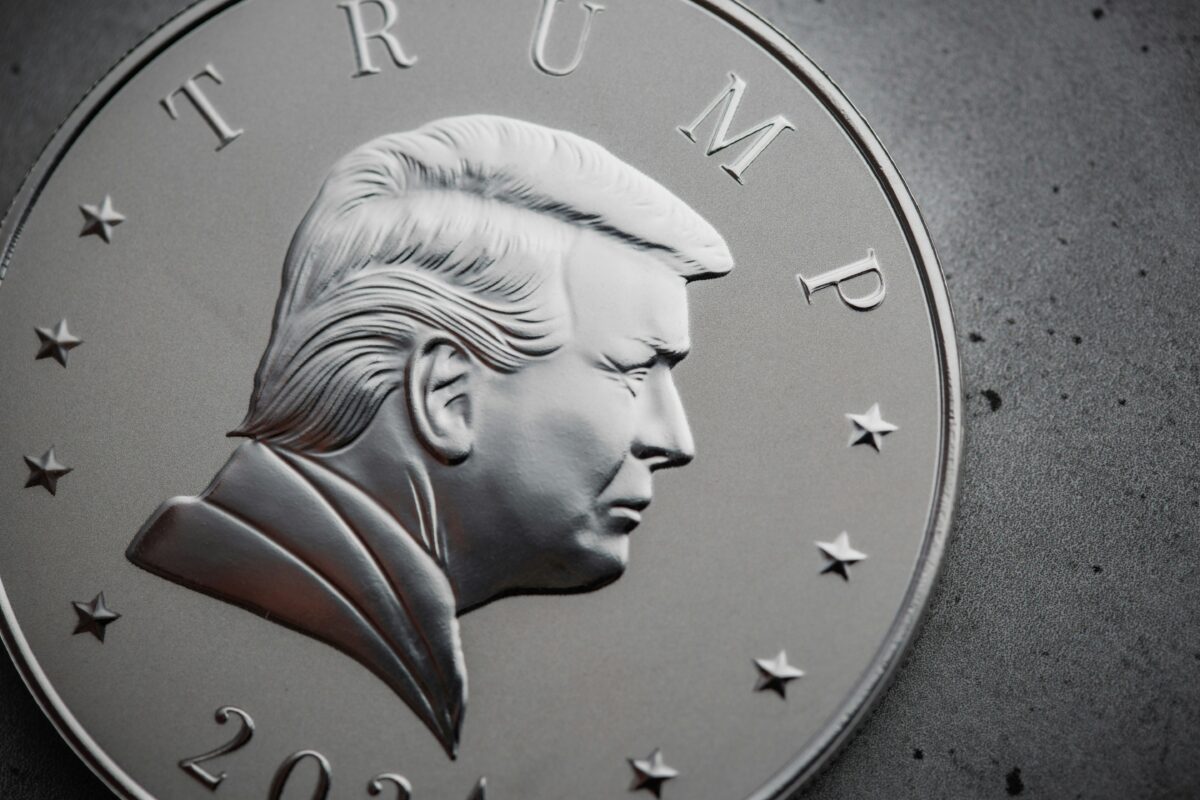In his latest analysis, Benoit Anne, Managing Director, Investment Solutions Group of MFS Investment Management, has shared his latest thinking on the Fed, following last week’s 0.5% rate cut – the first in four years – and also his views on the the US dollar & China.
Words are as loud as actions.
The Fed rate cut last week was highly significant. Not only because of the size of the rate adjustment but more importantly because of the words that accompanied it. Essentially, the Fed has argued that the soft-landing scenario is still firmly their baseline. In other words, if we believe the Fed, it is goldilocks time. Inflation has been forecasted lower, the US growth outlook remains robust, and the unemployment rate will only tick up marginally in the period ahead. The overall Fed communication around the rate decision was well managed, and there was no mishap at the press conference. So what is next? On the policy side, the Fed appears to have expressed a preference for a faster convergence to neutral, though the pace from here remains uncertain. Away from monetary policy, we believe that the macro backdrop remains relatively supportive for both fixed income and risky assets. It is worth noting that US financial conditions—as illustrated by the Goldman Sachs index—are now as loose as they have been since early March 2022, as a positive sign for global investor sentiment. Looking at the market response following the Fed cut, the most important signal we have observed is that credit spreads have tightened further, both in the US and in Europe, as an indication that the macro credit fundamentals remain constructive. Finally, the initial aggressive policy easing in the US may put some downward pressures on the USD, with positive implications for other developed markets and emerging market assets.
The bull/bear case on the US dollar.
Making currency calls is always a tricky business, simply because there are so many—and often unpredictable—factors that come into play. In currency markets, there are always two sides of the trade: you buy a currency, like the dollar for instance, or sell it against another currency. There are also often two sides of the same coin, meaning that there are arguments that may support a strong dollar and others that may suggest the opposite. On the bull case side, the main narrative that would help boost the value of the US dollar is the so-called US economic exceptionalism. With the US set to continue to outperform the rest of the world on the macro front, we believe the demand for the US dollar would continue to be strong. This is by the way the same argument that is used to justify the lofty US equity valuations. From a macro standpoint, there are two cases which could benefit the US dollar. The first one is that the Fed may decide to ease policy at a much slower pace than is currently priced in. Separately, while a US recession is not our baseline scenario, a surprising turn for the worse would reignite the appetite for the US dollar, given its status as a safe-haven. Likewise, renewed geopolitical tensions could well lead to the dollar showing off its defensive characteristics. But let’s now turn to the bear case. Under current market assumptions, the interest rate differential (US rate vs. other markets’ rate) is set to be eroded, thereby undermining the interest rate support for the USD. On the valuation side, looking at real USD indices, the picture is clear: the USD is quite rich relative to its long-term fair value, in fact by almost 15% whether one refers to theFed real broad index or the BIS data. Meanwhile, the global risk appetite backdrop appears to be robust, and that typically tends to be associated with a weaker dollar. Overall, given all these risk factors, our investment team does not currently have any high conviction either way, but seems to be leaning marginally towards a weaker dollar in the period ahead.
The bear in the China shop.
When thinking about the long-term outlook for China, our in-house China analyst, Aimee Kaye, is of the view that there are a lot more structural headwinds than tailwinds. In other words, we are not constructive on China over the long term. This is because China’s challenges are numerous and significant. On policy-making, it seems that the focus has shifted away from implementing market-friendly policies. On growth, the challenge revolves around structural headwinds for domestic demand and private consumption. The emergence of a strong middle class and solid social safety net was the key to success for China’s growth model to transition to a more sustainable, consumption-driven regime. However, progress has been mixed on this front. Weak inflation has become increasingly entrenched, weighing on household and corporate balance sheets. On financial stability, the local economy is still trying to digest the unwinding of the property bubble. In addition, the debt picture remains unappealing and fiscal policy is struggling to be effective given that local governments are constrained by already high debt burdens and are less able or willing to implement top-down infrastructure demands. Against this backdrop, our EM team tends to hold a cautious bias towards China exposure. To be clear, it does not mean that there are no interesting investible opportunities in China. For instance, it is fair to say that there are sectors that are vibrant, like for instance tech or green transition sectors, but even then, Chinese corporates themselves are looking for growth opportunities abroad.







